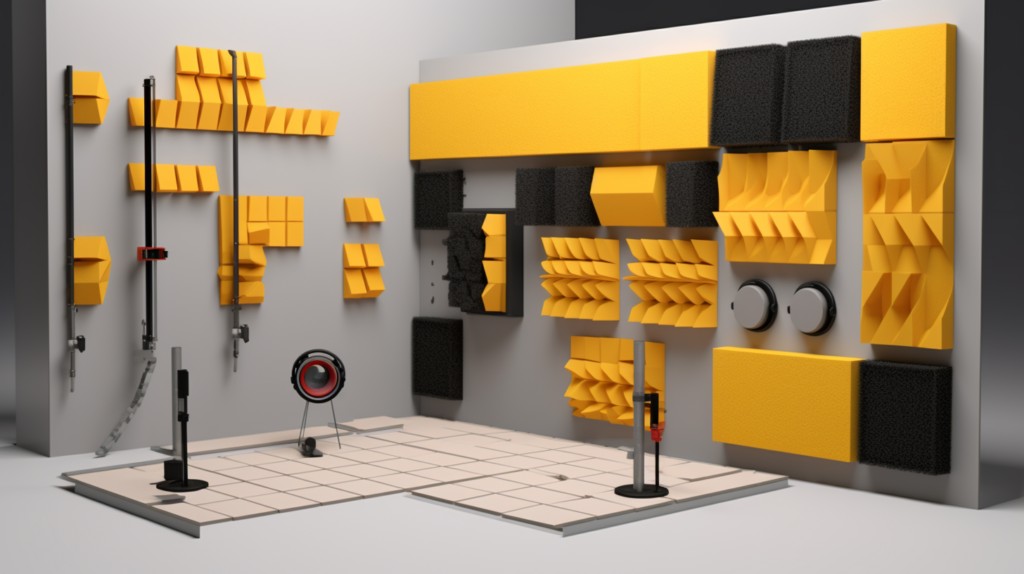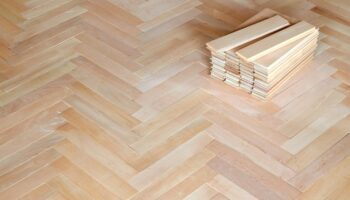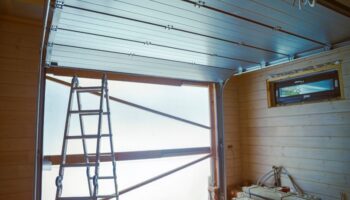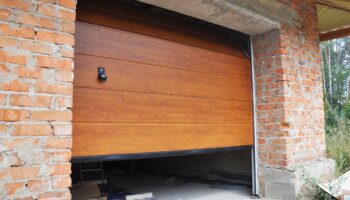Understanding How Sound Insulation Works
To grasp what sound insulation can realistically achieve, it’s important to first understand how it works. Sound travels in waves, and when these waves hit walls, floors, or ceilings, they vibrate, transmitting noise through the structure. Sound insulation is designed to reduce the amount of sound that can pass through by either absorbing, blocking, or dampening these sound waves. There are various materials used in sound insulation, such as dense acoustic panels, fibreglass, and mass-loaded vinyl. These materials are chosen for their ability to either trap sound or reduce vibrations, which in turn lowers the volume of noise that penetrates the room. But while these materials are effective to a certain degree, it’s important to manage expectations — sound insulation doesn’t make noise disappear entirely.Does Sound Insulation Eliminate Noise?
The short answer is no, sound insulation doesn’t completely eliminate noise. What it does is reduce the amount of sound that passes through walls, ceilings, or floors, making it less intrusive. How much noise is reduced depends on several factors, including the quality of the insulation, the thickness of the material, and the type of noise being addressed. Low-frequency sounds, like bass from a subwoofer or heavy traffic, are particularly difficult to block entirely, even with soundproofing. These sounds have longer wavelengths, which makes them more persistent and harder to isolate. While sound insulation can muffle low frequencies, completely eliminating them is challenging without highly specialised and expensive materials. On the other hand, high-frequency sounds, such as voices or the sound of clattering dishes, are easier to manage. Acoustic panels, insulation batts, and other materials can significantly reduce the sharpness of these noises, often making them barely noticeable in the room next door.Common Misconceptions About Sound Insulation
One of the biggest myths surrounding sound insulation is that it creates a completely silent space, but this isn’t the case. Even in professionally soundproofed rooms, some level of noise will still find its way in or out. Here are a few common misconceptions:1. Sound Insulation Creates Total Silence
The idea that soundproofing can turn any room into a silent sanctuary is a widespread myth. While sound insulation can make a noticeable difference in reducing noise, total silence is rare unless you’re in a specially designed anechoic chamber. Standard soundproofing methods aim to reduce noise to tolerable levels, not erase it entirely.2. All Sound Insulation Materials Are the Same
Not all soundproofing materials are created equal. Different materials work for different types of sound. For example, mass-loaded vinyl is effective at blocking sound, but may not absorb echoes as effectively as acoustic foam. It’s essential to choose the right material based on your specific needs, whether you’re trying to block out external noise or improve the acoustics within a space.3. You Only Need to Insulate One Side
Many people assume that insulating just one side of a wall or ceiling will suffice to block out noise. However, sound can travel in multiple directions, and insulation should ideally be applied on both sides to achieve optimal results. For instance, if you only insulate one side of a wall, sound can still travel through the adjacent spaces, diminishing the overall effectiveness of your soundproofing efforts.4. DIY Solutions Are Always Effective
While some DIY methods can help reduce noise, such as sealing gaps around windows and doors or adding rugs to floors, they often fall short of professional-grade solutions. Many commercial products are specifically designed to provide superior sound isolation and absorption compared to typical home remedies. Depending on the level of noise reduction needed, it may be worth investing in professional installation or specialised products.The Real Benefits of Sound Insulation
Despite its limitations, sound insulation offers several benefits that can enhance your living or working environment:- Increased Comfort:Reducing noise can lead to a more comfortable atmosphere, whether in a home, office, or studio. Less distraction allows for improved concentration and relaxation.
- Enhanced Privacy:Effective sound insulation helps maintain privacy in shared spaces, making it difficult for conversations and activities to be overheard. This is particularly valuable in multi-unit dwellings or open-plan offices.
- Better Acoustic Quality:Sound insulation can improve the overall acoustic quality of a space, making it more suitable for activities like recording music, watching films, or holding meetings.





